The Poetics of Processing
Memory Formation, Identity, and the Handling of the Dead
EDITED BY
Anna J. Osterholtz
U NIVERSITY P RESS OF C OLORADO
Louisville
2020 by University Press of Colorado
Published by University Press of Colorado
245 Century Circle, Suite 202
Louisville, Colorado 80027
All rights reserved

The University Press of Colorado is a proud member of the Association of University Presses.
The University Press of Colorado is a cooperative publishing enterprise supported, in part, by Adams State University, Colorado State University, Fort Lewis College, Metropolitan State University of Denver, Regis University, University of Colorado, University of Northern Colorado, University of Wyoming, Utah State University, and Western Colorado University.
ISBN: 978-1-64642-060-5 (hardcover)
ISBN: 978-1-64642-061-2 (ebook)
https://doi.org/10.5876/9781646420612
Library of Congress Cataloging-in-Publication Data
Names: Osterholtz, Anna J., editor.
Title: The poetics of processing : memory formation, identity, and the handling of the dead / edited by Anna J. Osterholtz.
Description: Louisville : University Press of Colorado, [2020] | Includes bibliographical references and index.
Identifiers: LCCN 2020028107 (print) | LCCN 2020028108 (ebook) | ISBN 9781646420605 (cloth) | ISBN 9781646420612 (ebook)
Subjects: LCSH: Whitehead, Neil L. | Human remains (Archaeology) | DeadSocial aspects. | Funeral rites and ceremonies, Ancient. | DeathSocial aspects. | Violence.
Classification: LCC CC79.5.H85 P64 2020 (print) | LCC CC79.5.H85 (ebook) | DDC 930.1dc23
LC record available at https://lccn.loc.gov/2020028107
LC ebook record available at https://lccn.loc.gov/2020028108
Cover illustration courtesy of The Cleveland Museum of Art
For those whose bodies we excavate,
Whose bodies we learn from,
Whose names are lost,
May your stories be told.
Contents
Anna J. Osterholtz
Beth Koontz Scaffidi
Kyle D. Waller and Adrianne M. Offenbecker
Kristin A. Kuckelman
Debra L. Martin and Anna J. Osterholtz
Dilpreet Singh Basanti
Roselyn A. Campbell
Marin A. Pilloud, Scott D. Haddow, Christopher J. Knsel, Clark Spencer Larsen, and Mehmet Somel
Megan Perry and Anna J. Osterholtz
Christina J. Hodge and Kenneth C. Nystrom
Carlina de la Cova
Eric J. Haanstad
Grave of Susan B. Anthony the day after the 2016 election
Uraca site location relative to Nasca and Huari cultural centers
Petroglyphs from Uraca
Trophy-head fractures
Retouching and reuse
Removal of the ocular tissues
Re-creation of the eyes
Abnormal dental wear
Cloth with procession of figures
Spondylus shell with inlaid feline
Location map of Paquim
Schematic of Burial 44-13
Cut marks on 44H-13 left radius
Cut marks on 44L-13 right radius
Cut marks on 44K-13 left ulna
Cut marks on 44J-13 left clavicle
Pot polish on 44I-13 right femur
Burning on acromion process from adult individual in Burial 44-13
Burning on 44L-13 femur
The northern San Juan region
Three-dimensional reconstruction of Goodman Point Pueblo
Map of Goodman Point Pueblo
Map of Sand Canyon Pueblo
Reconstruction of Castle Rock Pueblo
The Four Corners region
Articulated elbow from Sacred Ridge
Aksum, northern Ethiopia
Stela 2, an Aksumite storied stela
Plan map of Stela Park area
Plan and profile of the Mausoleum tomb
Plan map of the Tomb of the False Door
Sarcophagus burial in the Tomb of the False Door
Hieroglyph depicting an individual being impaled
Location map of sites discussed in text
Group burial from atalhyk
Tombs excavated, 2012 and 2014 seasons, Petra North Ridge Project
Plan and sections of Tomb B.5
Ward hierarchical cluster analysis: carpals, tarsals, phalanges, and patellae
Holden Chapel, Harvard University
Holden Chapel, floor plan prior to 1850 renovations
Sex and age-at-death estimates, Paquim
Domestication and mortuary practices of Neolithic Anatolian sites
MNI for each context, Petra North Ridge tombs
Introduction
Processing and Poetics, Examining the Model
Anna J. Osterholtz
Just as the dead do not bury themselves (Parker Pearson 1999), the dead also do not manipulate or process their own mortal remains. The manipulation of human remains can be seen as a discursive act, communicating cultural information through actions that create social identity and memory. Manipulation of the body embodies symbolism relating to the construction of society, bringing order to the disorder of death, and giving meaning to the change symbolized by death. Though he was discussing violence, Whiteheads poetics model can be applied to this process as well, particularly when we examine processing and body manipulation as socially constructive cultural performance (Whitehead 2004b, 60). This volume arose out of a session organized by Anna Osterholtz and Debra Martin at the 2016 Society for American Archaeology in Orlando, Florida. For the session, we asked the contributors to consider postmortem treatment of the physical body through a poetics lens, to examine body-processing as a mechanism for the recreation of cosmology events and the creation of memory. The creation of processed bodies has the capacity to transform space, ritually close and open spaces, and reinforce relationships between the living and the dead. The session and this volume are focused on the processing of the body, in what ways it occurs, and how the physical body (and its manipulation) is used as a social tool. The contributors also focus on how the living manipulate the dead both literally and figuratively, using the physical and metaphorical transformation of their remains as a mechanism for the creation of social stratification and power.
Whitehead himself examined the role of manipulation of the body as poetic with his exploration of the kanaim complex in Amazonia (Whitehead 2004b), the difference being that his focus is on the violence of the act, not the nature of the body (in that it is dead when the violence happens). This is a shamanistic process involving mutilation of the body. The fluids associated with putrefaction take on specific social meanings depending on the orifice from which they issue. That the victim of this violence is dead is seen as passivity, a lack of desire to stop the violence or mutilation. As Whitehead (2004b, 71) notes, the poesis involved in the idea of kanaim thus refers to the way in which knowledge of and ideas about kanaim are creatively entangled in a wide variety of indigenous discourse-sexuality and gender, modernity and tradition, Christian religion and native shamanism, interpersonal antagonism and kin relationships, and ultimately human destiny and the cosmos.


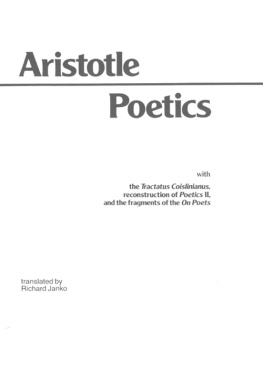

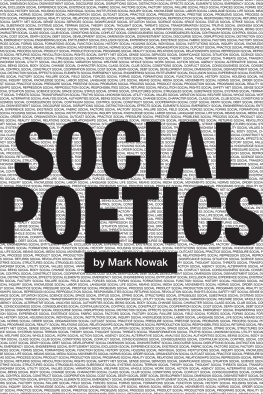

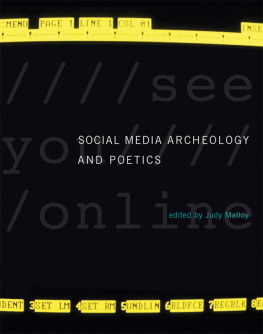
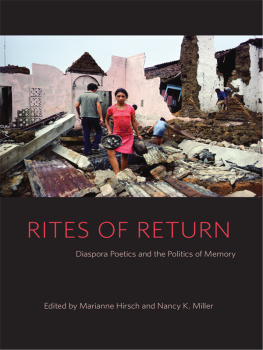
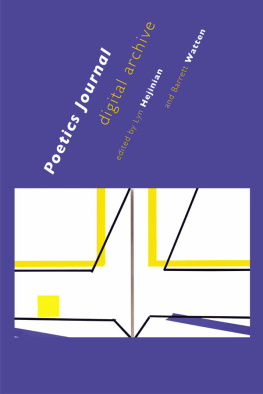
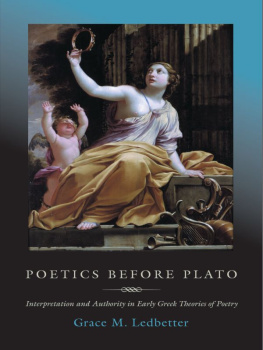
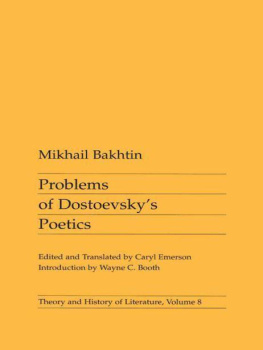


 The University Press of Colorado is a proud member of the Association of University Presses.
The University Press of Colorado is a proud member of the Association of University Presses.